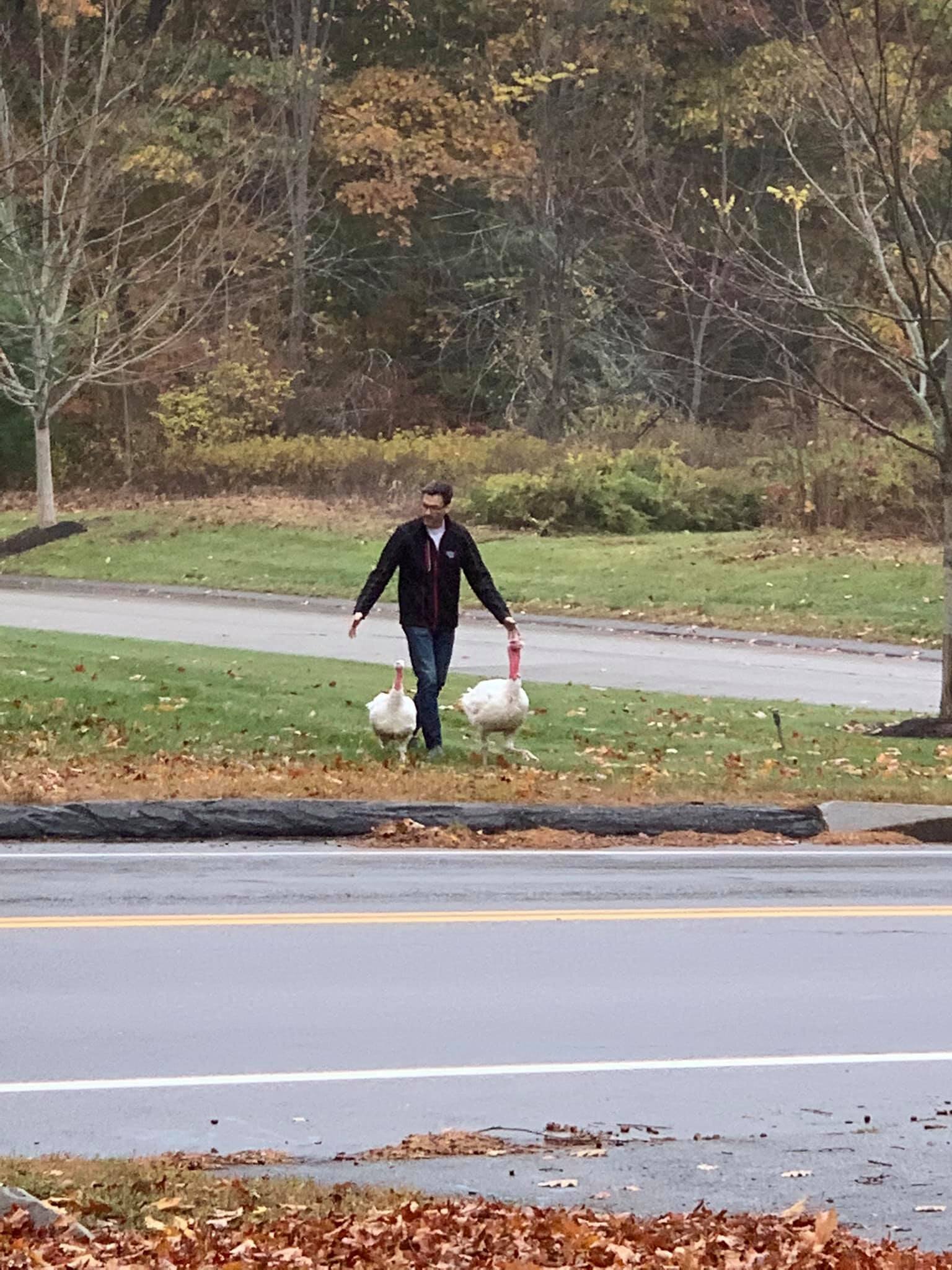Victuals & sour corn
/It's not often that I find a cookbook that grabs my attention and makes me want to read it cover to cover, word for word. Although, frankly, 'cookbook' is hardly the right word to describe Victuals, by Ronni Lundy which is probably why it's subtitled 'an Appalachian Journey... with Recipes.' It's as much about the story of the food featured as it is the recipes, and it is masterfully and beautifully written.
I grew up in the suburbs of Atlanta, but like the author, my mom took me 'back home' to Blue Ridge, Georgia every chance we got. Weekends that were more than two days, or long, hot stretches in the summer that lingered to the soundtrack of grasshopper crescendos behind the cornfield. I knew exactly what the author was describing when she recalled sitting on the back porch with aunts and her grandmother, threading beans to hang and dry in long, lovely strings, and visiting the canning factory every summer to put up the harvest. Apples were destined for apple butter in the fall, and the aforementioned cornfield nestled at the foot of the hill was where my grandfather would head to hoe and weed when he came home from a shift at the copper mine just a few miles over the border in Tennessee.
Some recipes I found in the book were new to me, and got me excited to try. Appalachia has a much richer and more multi-threaded history than most folks from outside the region suspect. There's a strong streak of Scots-Irish tradition in the hearty staples, and adaptation of the native staples like corn in food and drink. But there's also a streak of German, Hungarian, African and several other waves or pockets of immigration that worked the mines, the fields or found the hills to be an otherwise likely place to settle in.
So when I saw a recipe for 'sour corn' that was essentially an adaptation of traditional German sauerkraut which replaces cabbage with fermented corn, I had to try it. I love the tangy bite of sauerkraut, and we are just seeing the last fresh ears of corn for the season at the market. Perfect timing.
I scalded 15 ears of corn in boiling water for 2 minutes and set them aside on the counter to let them cool a bit before cutting the kernels off the cob. (The chickens get a double treat this afternoon of both the husks and the leftover cobs, which they go wild for).
The corn goes into a 2 gallon ceramic crock (in fact the same one I've made sauerkraut in). I mixed 8 cups of water with just a hair more than a cup of kosher salt until the salt was completely dissolved, and poured it in over the corn.
Slide a plate gently into the crock, and weight it down so that the corn stays submerged, and cover with cheesecloth. The crock is now resting in a cool, out of the way corner of the pantry for the next two weeks or so.
When the corn is ready, I'll ladle it into mason jars, and make sure it stays covered with the brine. Properly canned (and I'll draw on my Bride's expertise to make sure I get it right), it'll last through the winter season. This will probably make enough for 6 or 7 pints.
The author recommends cooking up batches of sour corn with a little bacon grease and serving along side, well, anything. But she promises it's just as good fresh out of the crock. Which is good, because I'm not sure I'm going to be patient enough to let it get to the skillet.


















